CLICK ON ANY PICTURE TO ENLARGE IT!
I have had my door painted the same for several years, as shown in the picture above. Several of the neighbors liked the way it looked and then painted their doors the same way, just varying the colors slightly — Yes, it was time for a change.
I started by removing the door and using a tinted primer (at least I thought it was a tinted primer — turns out it was Kilz paint, not primer). I want you to use a primer, and it can be white or tinted a very light brown or beige tone. I also found it to be unnecessary to remove the door. If you have the sidelights, make sure you do the same treatment to them as you do with the door. After realizing it was not necessary to remove the door, we put it back up. This made it much easier to continue to work on the door. I did an additional step each day, lightly sanding to create a grain and allowing the next paint step to completely dry.
Also — I’m about keeping it as easy as possible, so I do not waste time taping off windows, etc. When the job is done, I take a little razor blade and simply scrape off the paint.
After the door and sidelights had been “primed” and allowed to dry overnight, I very lightly hand-sanded with medium-grade standard sand paper. I then wipe the door very well, removing all debris and dust. I rounded up all my brown paints, those used for interior walls, crafts, everything
water-based, and started mixing until I came up with what I considered to be a nice brown tone. Do not overthink this step. It is simply a matter of coming up with a brown paint. If you have to purchase brown paint, just go for a medium-brown tone acrylic paint with a flat finish. (The flat finish allows the additional layers of paint to adhere better.)
With that brown paint, you are now going to start using a dry-brush technique to apply it over the primed and slightly-sanded door. Make sure you apply the paint in the direction that you want to create as a grain. Take a look at my finished door, and you will be able to see that it is VERY important in creating the illusion that you have this grain. I also suggest you use a brush about 2″ wide with a coarseness to it.
Here is my brown paint mixture and the brush which I used.
The next day sand slightly to further enhance a “grain”. Now it is time to throw together your stain. I think it is helpful to grab a piece of stained wood that you really like and compare the color to what you are mixing up. Pictured are the products which I used to mix my stain. During the process of staining the door, I continually added more glaze, finding that the glaze allowed me more time to even out my strokes.
The black acrylic paint was not added at this time. I used the antique brown stains, the brown paints, a bit of the brown used in my work from the previous day, and glaze. I did not m
ix them thoroughly, just enough so that when I swiped my brush through the paint, I was able to grab the various colors and glaze.
This is where all your prep work starts to become visible. Your grains also start to show up quite nicely. The glaze gives your door a beautiful sheen. Are you ready? If your phone rings, do not answer it. You have to work this paint, constantly focusing on grains. Walking away from your work would mean “overlapping” at some point, and that would look like paint, not stain!
The harder you push on your brush, the more grain you will create. Make sure that as you are working with your stain, you have plenty of glaze. Keep the edge wet as you pick up more paint on your brush.

Do your side panels first, then your door.
After doing the door and side panels, I decided that I wanted some darker areas to further define the door, so I added black acrylic paint to my glazed stain mixture and painted around the windows. I then painted the black into the edges of the molding, and dry-brushed the black in a few areas, as well. I think it turned out great! What do you think?
After checking and rechecking to make sure I pleased with the overall effect, I applied a coat of glaze in order to unify all the tones and levels. This will also serve as an additional protective layer for your door, and just look at that beautiful soft sheen!
Now I need to go grab that razor blade and remove any paint that got smeared on the glass!

Jan – this is amazing. I love it! I can’t wait to try this somewhere in my home! Thank you so much for allowing me to ‘show it off’!
Stop by and visit Bobbypins Boardwalk.
I‘m checking every day. She’s mentioned some tutorials involving tree branches and you know that after my nevermore and ghost trees AND my tree branch swags that I’m eager to see what she’s up to!
~~~~~~~~~~~~~~~
Update on bathroom: Unreasonable goal. I need another week. Do you know what this is?
 It’s not a frog sculpture. It’s a big sticky ball of Frog Tape. I wasted an entire roll today. I hate set backs but I’m over it after a short screaming tantrum and kicking it around a little. 🙂
It’s not a frog sculpture. It’s a big sticky ball of Frog Tape. I wasted an entire roll today. I hate set backs but I’m over it after a short screaming tantrum and kicking it around a little. 🙂









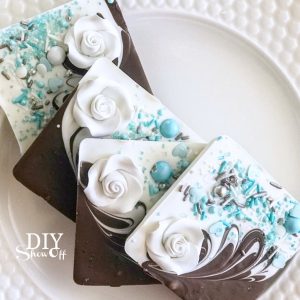
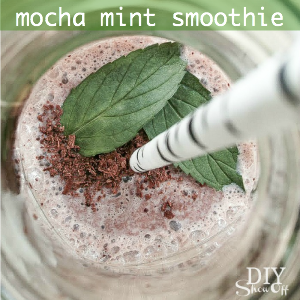


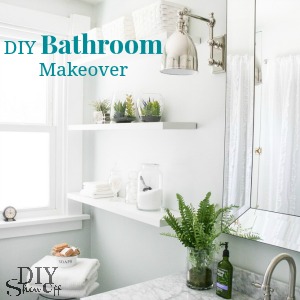


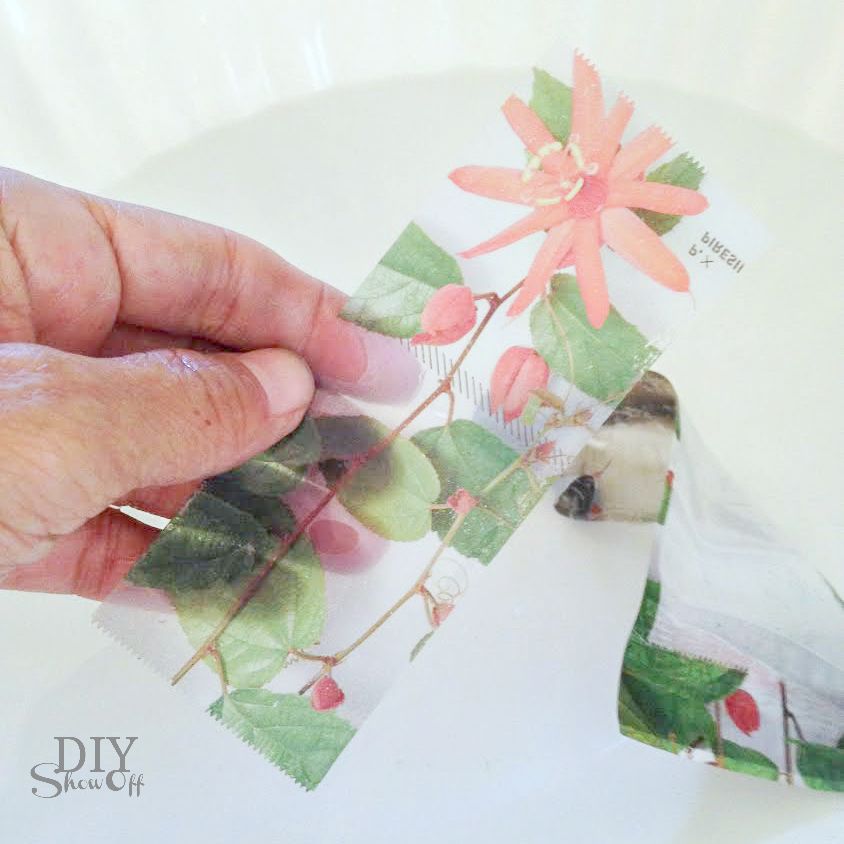
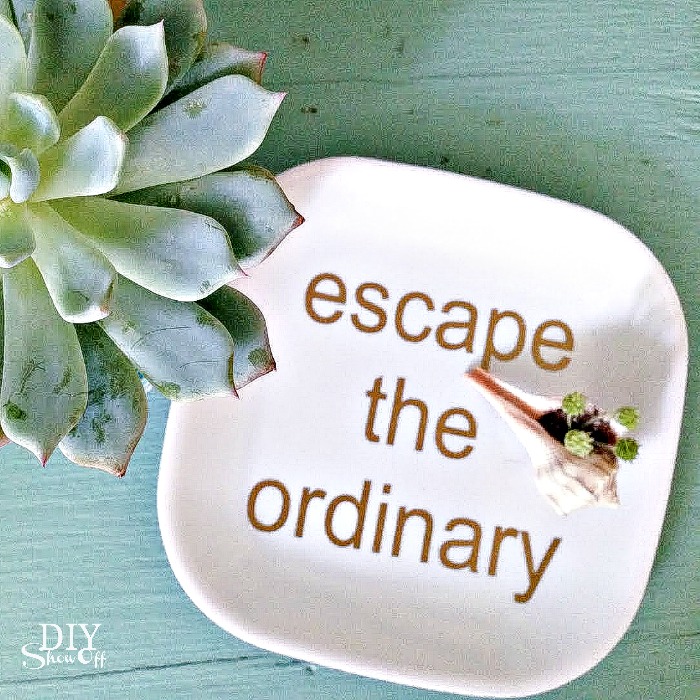
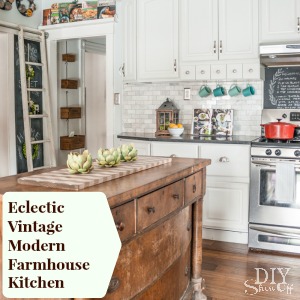

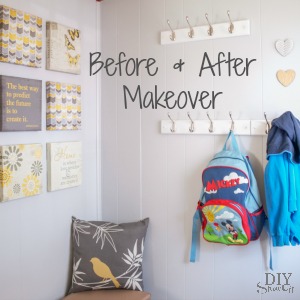



What a crafty gal. I would never have known that was a paint treatment! We can wait for the reveal! I see the ribbon wreath on the sidebar. I have made so many of those and now others who read my blog have made them. Thanks for passing that one along. Have a wonderful evening.
That's amazing! It looks so real! I have seen faux wood treatments before, but none this good!
That door IS fabulous! Just when I think I couldn't love my black door any more you show me this. Geesh!
Sorry about the bathroom! I hope it goes okay this week!
Rachelle
This door is fabulous. I have a solid mahoghany front door and sidelights. I have a painted door going into my garage that I'd love to make it look like my mahoghany front door. I think you've shown me how to do it. Thank you so much. Job well done.
Oh, this is going in my "future projects" file for sure!! I love it- I have a metal door and I bet this would be too easy! (did I just Jinx myself??)
R- How do you like that frog tape? Is it worth the money?
RM ~ I'll let you know after tomorrow. All I accomplished today was taping and ripping it back off. haha A little "oopsy" today and not much to show for a couple of hours work except "redo". It did seem to stick nice though. And it really wasn't more $ than the blue tape.
I hope everything goes better with your bathroom.
You should have heard the funny swear words coming from me when I redid mine.
Amazing! This would be so perfect for the interior part of my doors that I've been reluctant to paint!
Amazing! This would be so perfect for the interior part of my doors that I've been reluctant to paint!
The door looks beautiful. I'm heading over to check out her blog.
So pretty, and you make it look so easy!
At least you made it to the oopsy stage and had a ball of tape to show for yourself. I just stand there, sigh, turn off the light and walk out!
That door is definitely a must try. My door has no detail though, just plain old ugly flat door. But maybe if I use a wider brush I can pull it off. Hmmm, just when I had talked myself into a nice colored door…..
This is incredible. Homeowners in my development are having thier garage door painted using this treatment. The company is quite pricey. I am so glad that I saw this.
The door is beautiful.
I hope your bathroom is behaving itself; setbacks are probably part of the process and your frog sculpture is world-class! 🙂
OH how fabulous!!! DANG those HOA's! I can't paint my door. Maybe it will be worth the fines! 🙂 Blair